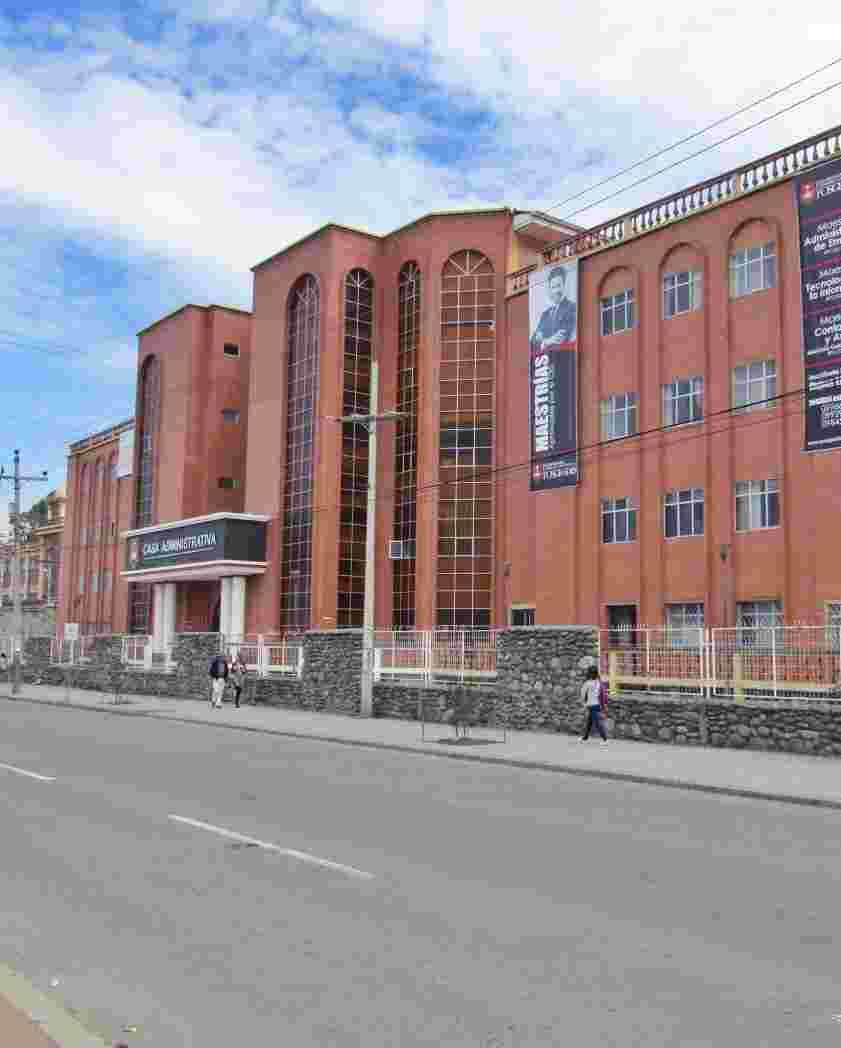Trabajos de Titulación - Ingeniería Civil
URI permanente para esta colecciónhttps://dspace.ucacue.edu.ec/handle/ucacue/38
Examinar
Examinando Trabajos de Titulación - Ingeniería Civil por Asesores "Ochoa García, Santiago Aurelio"
Mostrando 1 - 3 de 3
- Resultados por página
- Opciones de ordenación
Ítem Acceso Abierto Caracterización experimental y numérica de la rugosidad de fondo en la confluencia del Río Tarqui con el Río Yanuncay(Universidad Católica de Cuenca., 2025) Sarmiento Pineda, Fernando Javier; Zea Vázquez, Marcia Carolina; Ochoa García, Santiago Aurelio; 1105792046; 0107336620In the analysis of natural watercourses, bottom roughness is a fundamental parameter in river hydraulics due to its influence on flow resistance, velocity distribution, and sediment transport. The confluence of the Tarqui and Yanuncay rivers in Cuenca has a limited number of studies focused on its bottom roughness, despite being located in an urban area with a high level of traffic. This study focuses on the experimental and numerical characterization of the bottom roughness of this confluence, which is crucial for a correct hydraulic modeling of the riverbed and a more precise prediction of its behavior. Flow rate and velocity data obtained through the application of the LSPIV technique at the control points of this project has been used, evaluating different methods for roughness calculation. Numerical modeling is conducted using the IBER 2D software, a two-dimensional model used due to its ability to represent the spatial variability of the flow and the interaction between bed conditions and surface velocities. The performance of the model is validated by the high degree of correlation between the experimental and numerical results at the confluence, where variable values were observed as a consequence of its morphology. Additionally, the roughness calculation method that best represents the site conditions and its behavior in different circumstances has been determined. The results demonstrate that photometric analysis of the riverbed material is effective for estimating bottom roughness and developing more reliable and accurate numerical models in confluence areas.Ítem Acceso Abierto Modelación bidimensional de la confluencia de los ríos Machángara y Tomebamba, con DELFT3D(Universidad Católica de Cuenca., 2025) Lema Nacipucha, Wilson Alexander; Vile Corte, Edwin Oswaldo; Ochoa García, Santiago Aurelio; 0107301533; 0106172547Ítem Acceso Abierto Simulación hidrodinámica bidimensional del Río Tomebamba en el tramo de la captación PTAP del Cebollar(Universidad Católica de Cuenca., 2025) Once Condo, Christian Eduardo; Coronel Bustamante, Rony Efraín; Ochoa García, Santiago Aurelio; 0105724751; 0302131107This research analyzes the two-dimensional hydrodynamic modeling of the Tomebamba River at the Cebollar Waste-Water Treatment Plant (WWTP), in the section between the Mazán and Sayausí areas. Hydrodynamic variables were presented using the HEC-RAS and IBER modeling tools over an approximate length of 2.6 km. The input data for these computational tools included a digital elevation model obtained through drone surveying and using a Real-Time Kinematic (RTK) instrument. Hydrographs and a discharge curve corresponding to a 10-year return period were used as boundary conditions for the model. These conditions were obtained from hydrological data provided by readings from hydrological stations near the study area, monitored by the Municipal Communication, Water, and Sewage Company (ETAPA by its Spanish acronym) and National Institute of Meteorology and Hydrology (INAMHI by its Spanish acronym) institutions. To validate the models, a comparison was made with observed water levels for similar events, and the NSE, R², and ECM statistical indices, reflecting good modeling quality. The representations of the flow variables in the intake showed values associated with the characteristics of the hydraulic structure, suggesting an acceptable representation of the flow in this area. Velocities of up to 6.19 m/s were observed, producing shear stresses of up to 177.16 N/m², potentially causing wear on the intake's structural elements and reducing their functionality and lifespan.




